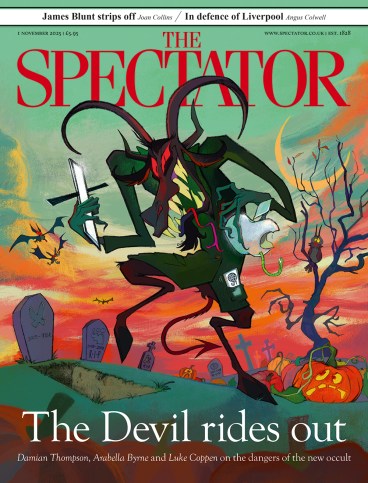
You wait ages for an intelligent, literate children’s book, then two come along at once. There’s Philip Pullman’s The Rose Field and Katherine Rundell’s The Poisoned King. Of the two, Rundell’s is easier on the wrist: 336 pages to Pullman’s 621.
She is an accomplished writer, the author of a study of John Donne. A scholarly background is all to the good here, for she has a treasure chest of myths and stories to rummage in. Her Impossible Creatures series (of which The Poisoned King is the second) is based on an archipelago, Glimouria, which holds the endangered creatures of mythology. A map of the islands, in Tomislav Tomic’s illustration, is faintly reminiscent of Pauline Baynes. In the bestiary there are familiar beings – nereids, mermaids, sphinxes (I never can answer the wretched riddles) – plus inventions of Rundell’s own, such as the ratatoshka (‘akin to squirrels, green-furred with a large horn’). The one in this story is called Ratwin, who has a distinctive diction, as in this observation to a berserker with romantic problems: ‘And-what-so? Many peoples feels that way, I woulds think.’ A squirrel with lots of sibilants, then.
The story begins disarmingly, thus: ‘Christopher Forrester woke up to find a dragon chewing on his face. The dragon was the size of a sparrow, small enough to fit on the top joint of his thumb.’ So we encounter Jacques, tiny in stature but hugely vain. He’s come to seek the help of an Outsider to help the dragons of the archipelago who are dying mysteriously. The only possible candidate is Christopher, a motherless boy with a remote but decent father – and from the point of view of fiction, that is practically as good as an orphan.
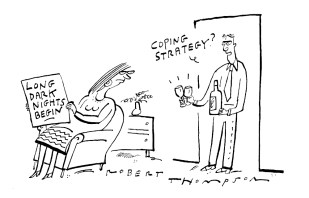
Christopher loses no time in plunging into one of the portals under a lake into Glimouria. There he’s met by a sphinx (with a riddle) and is presented with a dilemma. Should he head straight off to save the dragons or take a detour to another island to rescue a girl from certain death? Naturally, he doesn’t hesitate, and so we encounter Anya, a tomboy princess who prefers the company of her pet Gagana (‘silver claws and beak of solid gold’) to courtiers and is desperate to rescue her father, a biologist, from being framed for the murder of his father, the king.
So we’re off on the back of a sphinx, on a mission to save the dragons and the king. There are some familiar elements here. Every princess in contemporary fiction is in rebellion against frocks and flummery, and is a feminist. Here we go further, and the princess repudiates monarchy itself. ‘“Birth,” Anya said, “was a mad, a frivolous, a lunatically unhinged way to decide who should rule a kingdom.”’ As in much contemporary fiction, there’s an environmental metaphor and message: the stories revolve around a sick tree, a toxic spring. And a character from the first book is reincarnated in the second. In short, there’s a bit of an agenda here.
It’s an engaging read, peppered with fantastic beasts who are essentially decent (dragons) or nasty (the manticore with three heads, all disagreeable), and with old plot elements (using cattle to enter a dragon’s den, say) as well as new. It’s accomplished writing – occasionally overwritten – with nice short chapters. And if the characters sometimes lack conviction, the story carries them along anyway. Disney has bought the rights to the series, and you can see why.
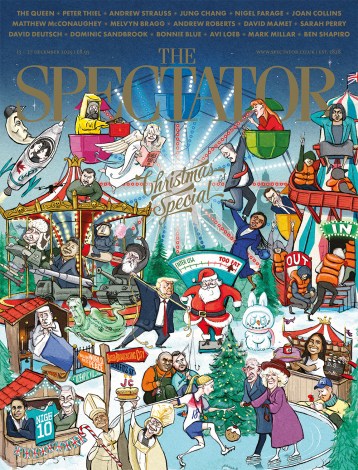
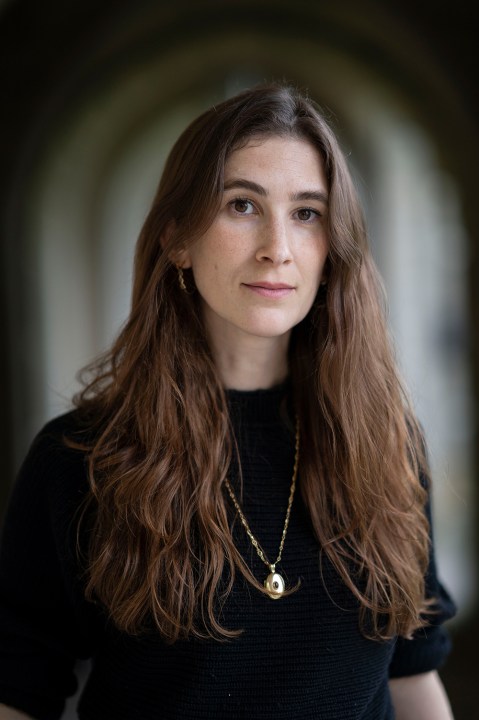

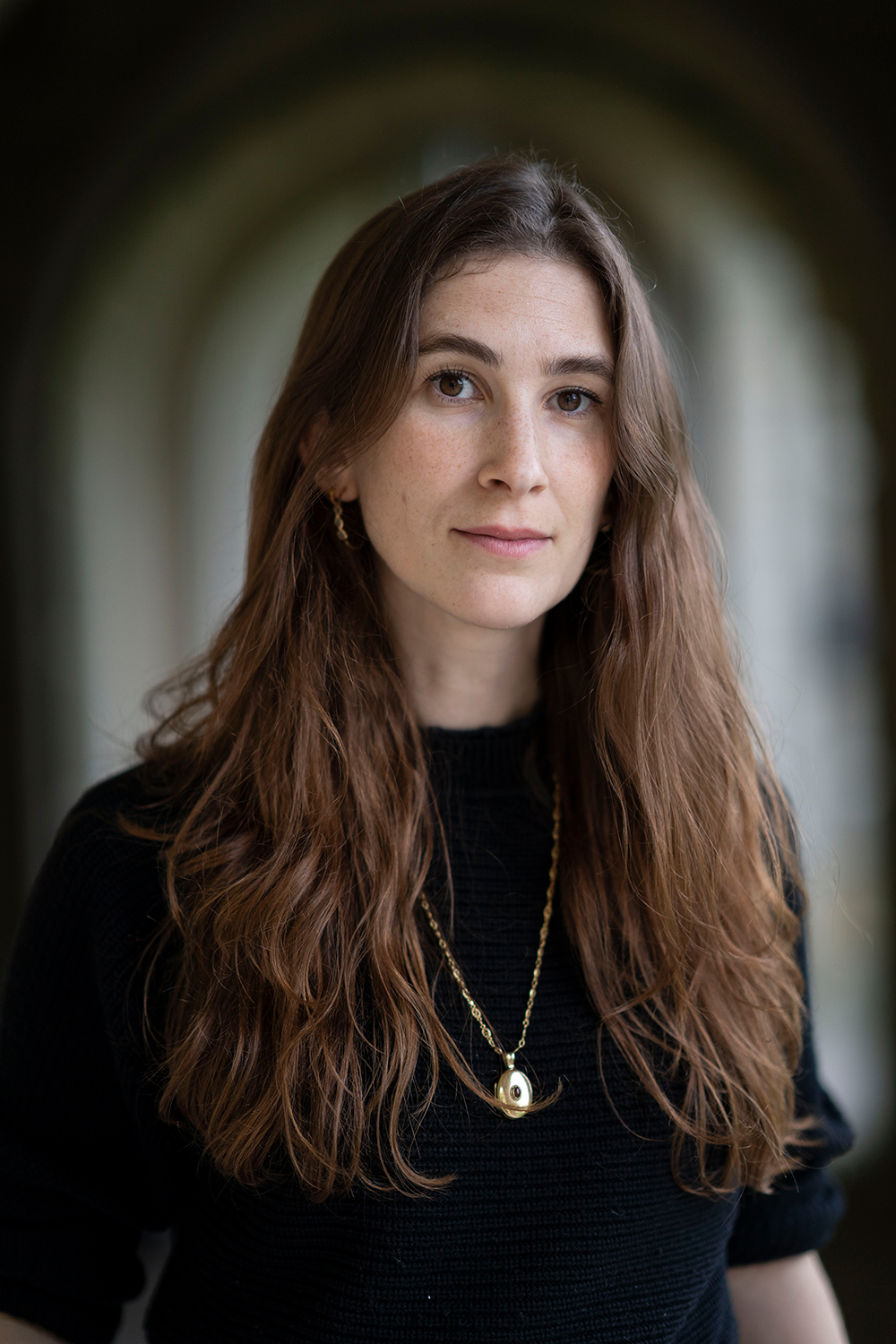
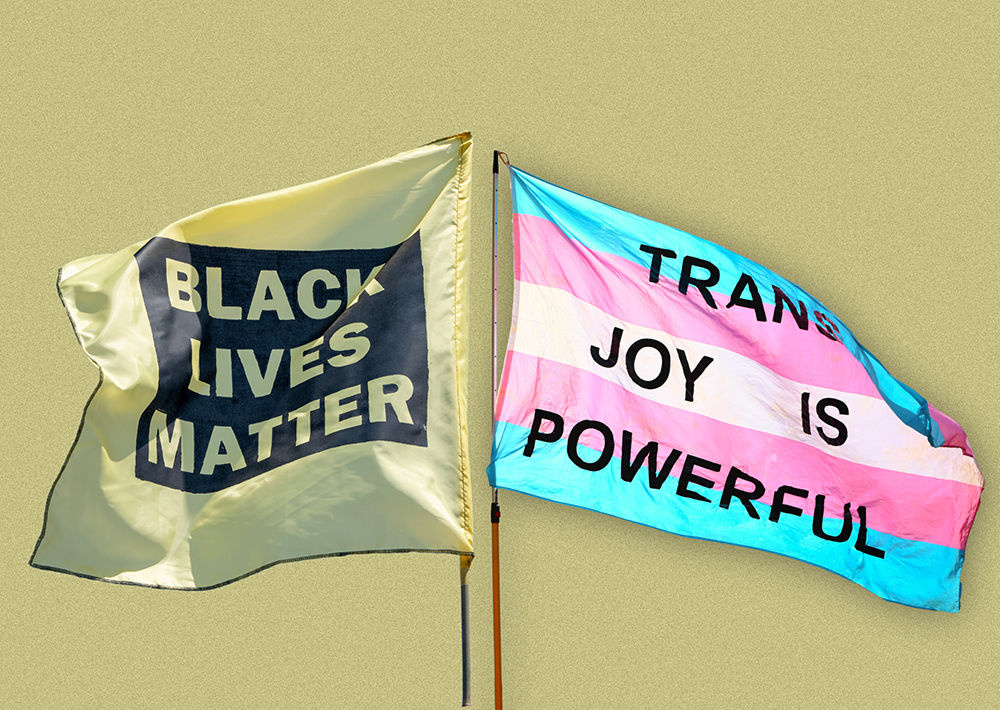




Comments